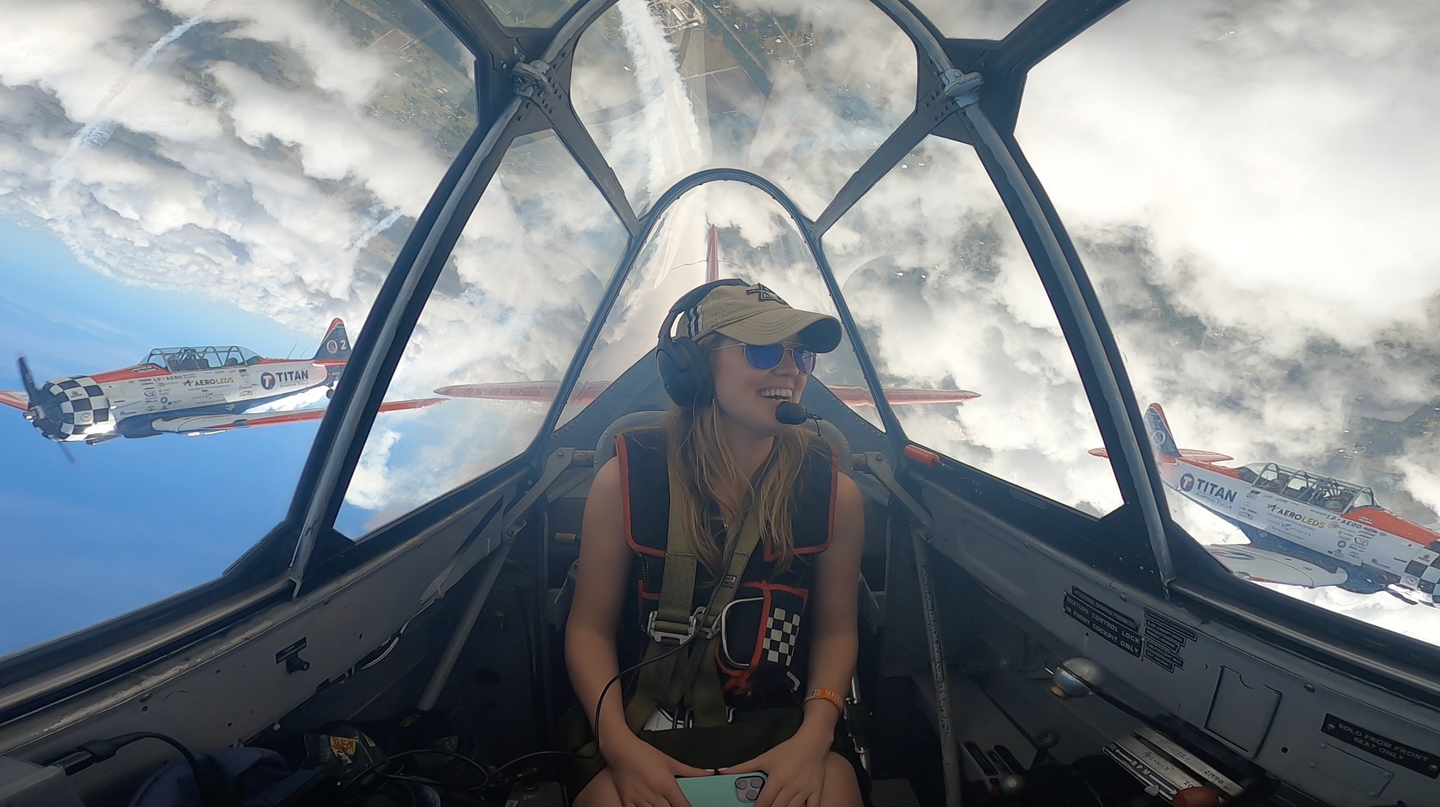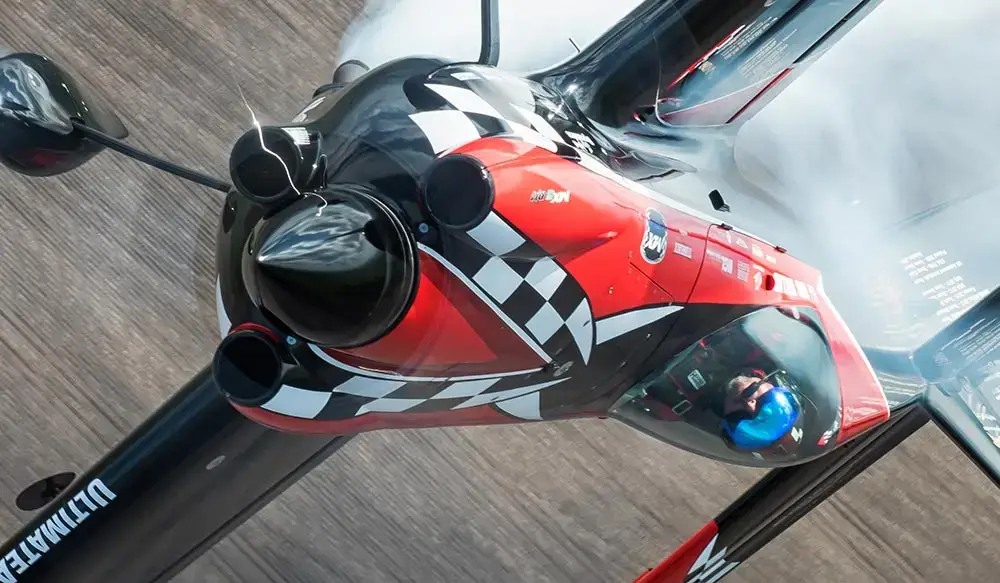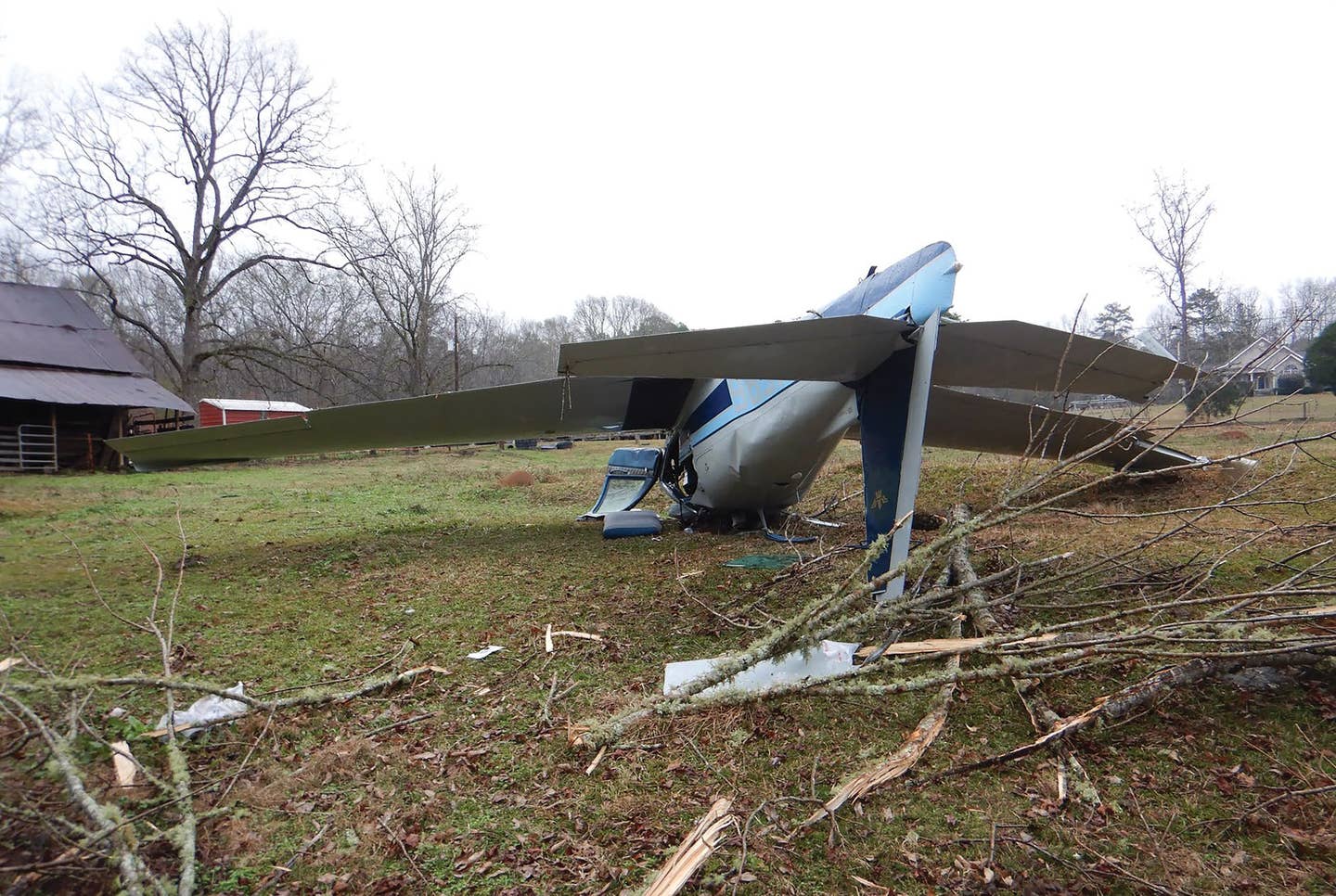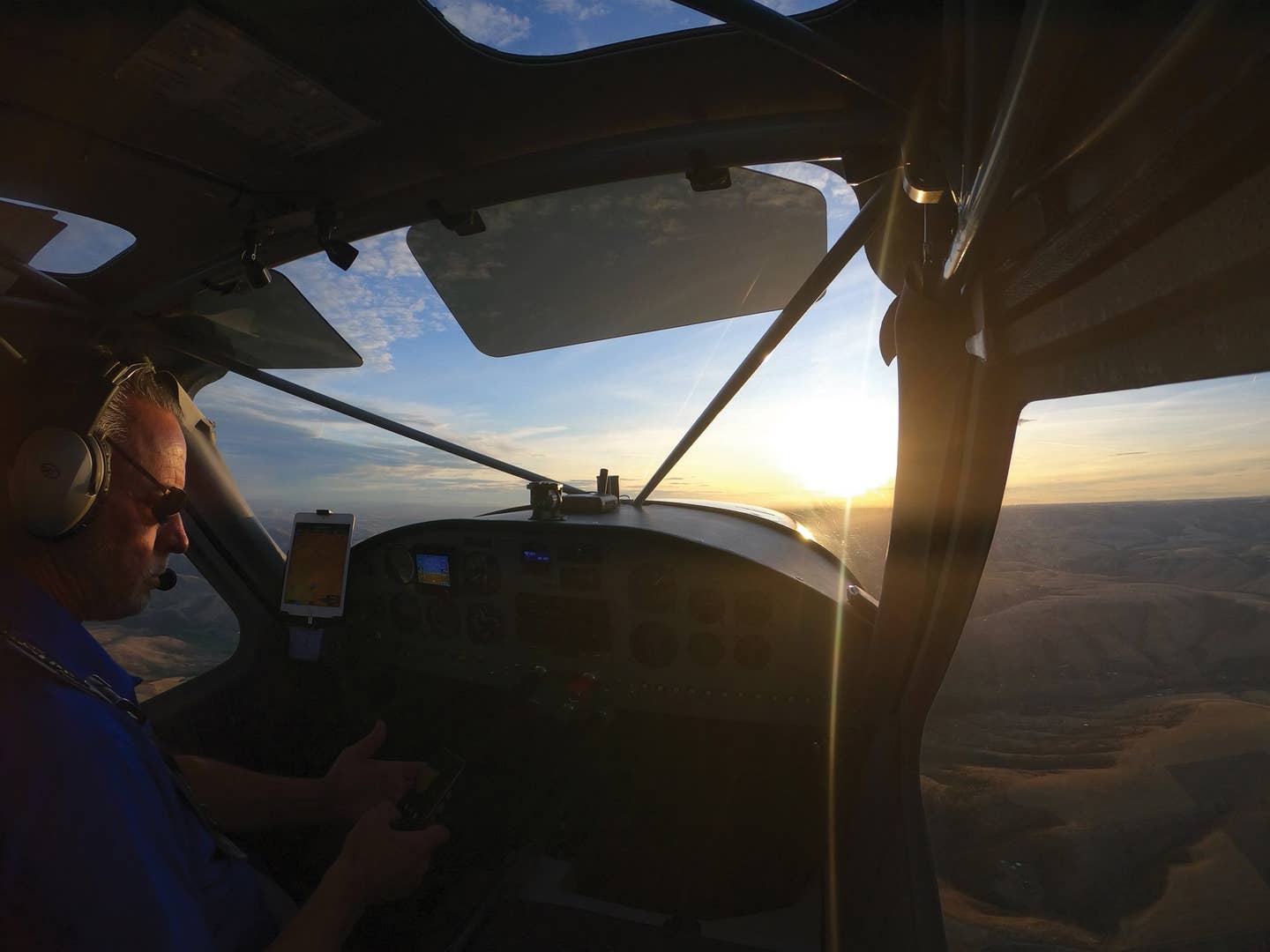This is an angle you should know more about
It's a pristine, fair-weather day, so you can't resist the urge to hit the sky for some pattern work. After a few rounds, your circuits begin to get a bit messy, which you attribute to a slowly escalating wind. It's time to call it quits. On base to final, the darned wind is blowing even harder than before, causing you to overshoot. You crank over toward the runway and pull back. But to your surprise, the plane quickly rolls more than you expected and now you're looking at the runway, but it's upside-down. You've just become a stall/spin statistic. Sadly, 10% of all general aviation accidents result from stalls; nearly 15% of such accidents have fatal outcomes. So how can the nasty surprise of a stall be avoided? The answer is much simpler than you'd think.
Unless you're a nonpilot, you've been introduced to the term "angle of attack" (AOA). The definition can be regurgitated by just about every pilot: It's the angle between the relative wind and the chord line of the wing. While the concept of a chord line is pretty easy to understand--- it's simply a line drawn between the leading and trailing edges of a wing---a true understanding of relative wind is not quite so straightforward.
Relative wind approaches the wing parallel, but opposite to, flight path. This is an important notion to remember. According to Aerodynamics for Naval Aviators, "regardless of the condition of flight, the instantaneous flight path of the surface determines the direction of the oncoming relative wind." Thus, no matter the pitch angle of the airplane, the flight path at any particular moment establishes the direction from which relative wind will meet the wing.
This definition makes clear one critical item every pilot should know: Pitch angle isn't coincident with AOA. In fact, you can stall at any pitch angle. Don't think it's true? Then why doesn't an airplane stall while doing a loop even though it's transitioning through straight-up flight? Why does an airplane continue to spin even when it's directly facing the ground? The wing doesn't care which way the airplane's nose is pointing; it only cares from which direction the wind is blowing.
Relative wind can come from a direction completely different than where the nose of the aircraft is pointing. Take, for example, slow flight. You slow the airplane down to a point at which you are rather nose high, but are still traveling horizontally. The relative wind, acting opposite to flight path, would be coming from straight ahead. However, the wing is canted upward at a high angle, thus a significant AOA exists. Pull back on the yoke a little harder, and the airplane will stall.
Why does it stall? The aircraft stalls because you exceed something called the "critical angle of attack." A very simple explanation of critical AOA is the angle at which the air can no longer make the journey over the top of the wing in a fashion adequate to support flight. That's it! If you exceed the critical AOA, the wing will stall---no ifs, ands or buts about it. Even the Wright Brothers were aware of this concept. On their original Flyer, they actually had an AOA indicator. It was a stick with a string on it---rather crude, but it told the proper tale.
There are three ways that pilots can manipulate lift. The first is to change speed. More speed means more lift. The next is to change the shape or area of the wing through the use of high-lift devices, such as flaps and slats. Lastly, pilots can change AOA. Increase it and lift will go up. Decrease it and less lift will be had. This is why airplanes cruise at low AOA, but upon slowing down, increase AOA to compensate for the decrease in lift formed by the airflow speed. Amazingly, every AOA equates to a specific airspeed, once the plane is allowed to settle down. More simply, for each individual airspeed, a specific AOA is required to support flight.
Counterintuitively, there are many things that pilots believe will cause a stall but, in fact, do not. Again, stalls aren't caused by excessive pitch angles. Pilots sometimes have a hard time grasping this one, but it's an indispensable detail to recognize. Stalls don't necessarily occur because of lack of speed. Though there are cases when inadequate speed leads to a violation of critical AOA, stalls can occur at any speed. Even obvious stall influences, such as increases in weight and load factor, aren't the true cause of a stall; instead the true instigator is extreme AOA (more lift is required at higher weights, so if speed remains constant, AOA must be increased to produce the requisite lift).
Probably the smartest thing I've ever heard about flying is to "keep the nose of the airplane pointed in the direction in which it's actually traveling." If you abide by this rule, you'll never stall. That sounds too easy, doesn't it? But it's true. We know that the AOA is the angle between chord line and relative wind. Though the chord line is not exactly aligned with aircraft pitch (because of angle of incidence), the chord line does move along with pitch. If you keep the chord line (pitch) aligned with the flight path, the opposing relative wind will be aligned with the wing, and AOA will remain within reasonable limits.
Although AOA is important in avoiding stalls, it can also determine other significant performance factors. There's a specific AOA for the best glide ability of an airplane. There's also an unambiguous AOA that provides best rate of climb, while another yields best angle of climb. And there's even an ideal AOA for approach and landing. The Navy is big on this concept when its pilots land on carriers---AOA means life or death for the Navy pilot.
It sure sounds like AOA would be a nice thing to know---perhaps even through an instrument that shows the pilot its exact value. Unfortunately, until recently, AOA detection wasn't an option on GA aircraft. Strangely, even some airliners don't display AOA. Thankfully, there's a change brewing, as easy-to-use AOA devices are becoming more readily available. In the meantime, GA flyers must avoid stalls the old-fashioned way: with a combination of airspeed and estimated flight path.
Airspeed works as an indirect AOA indicator because of the AOA-to-airspeed relationship, though this only works in unaccelerated flight.
Consequently, if the aircraft is above stall speed and the flight path is generally aligned with the pitch angle, everything is all right. If one of these items is out of wack, a correction needs to be made. Sometimes the required remedy is counterintuitive. It's hard to force yourself to relax pressure on the yoke when staring directly at the ground, but it's the only way to break the stall and to save your life. Another often-ignored consideration about AOA is that whenever it changes, load factor changes. You can thank Isaac Newton for enlightening us about this fact. If an alteration of aircraft direction is commanded, additional forces are applied to the aircraft, which pilots recognize via load factor.
In the aforementioned base-to-final scenario, as the airplane was in the turn, the pitch (chord) of the airplane was increased by pulling back on the yoke, but the craft "wanted" to continue traveling in the original direction for a tad bit longer. Remember relative wind is parallel and opposite to the flight path. If the plane wants to continue to the outside of the turn, but you've forced the chord in another direction, you're boosting AOA. If you push it, you'll be looking at inverted runway numbers.
I once flew with a captain who said, "I don't understand all the fuss about AOA. We don't need to know it." Nothing is further from the truth. If pilots develop AOA smarts, they can be assured they'll never stall. I can't think of a better form of insurance. Proper situational awareness should keep a pilot up on what the actual flight path is at any given moment. That sinking feeling means relative wind is coming from the direction of the ground---not a good thing. But by simply keeping the wing and the relative wind reasonably aligned, all will be well.

Subscribe to Our Newsletter
Get the latest Plane & Pilot Magazine stories delivered directly to your inbox






